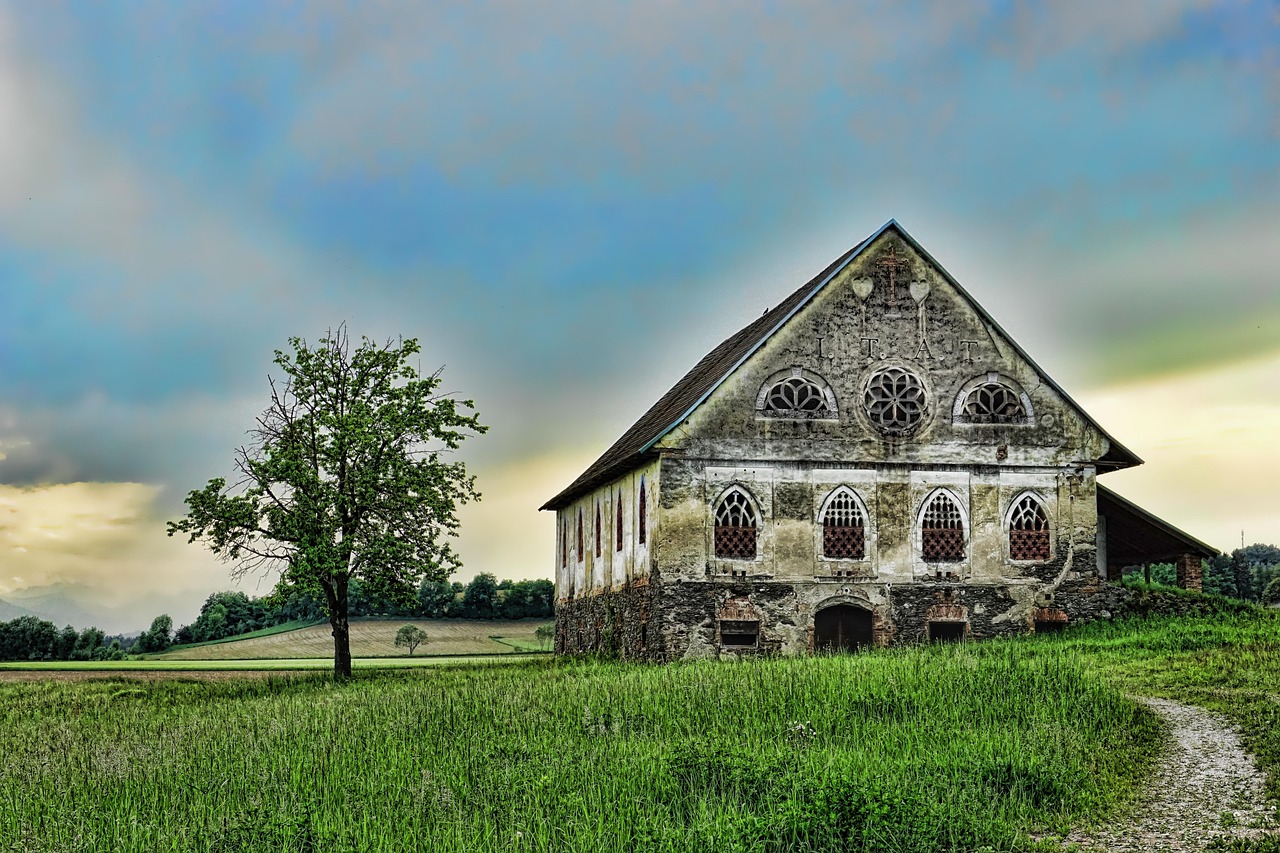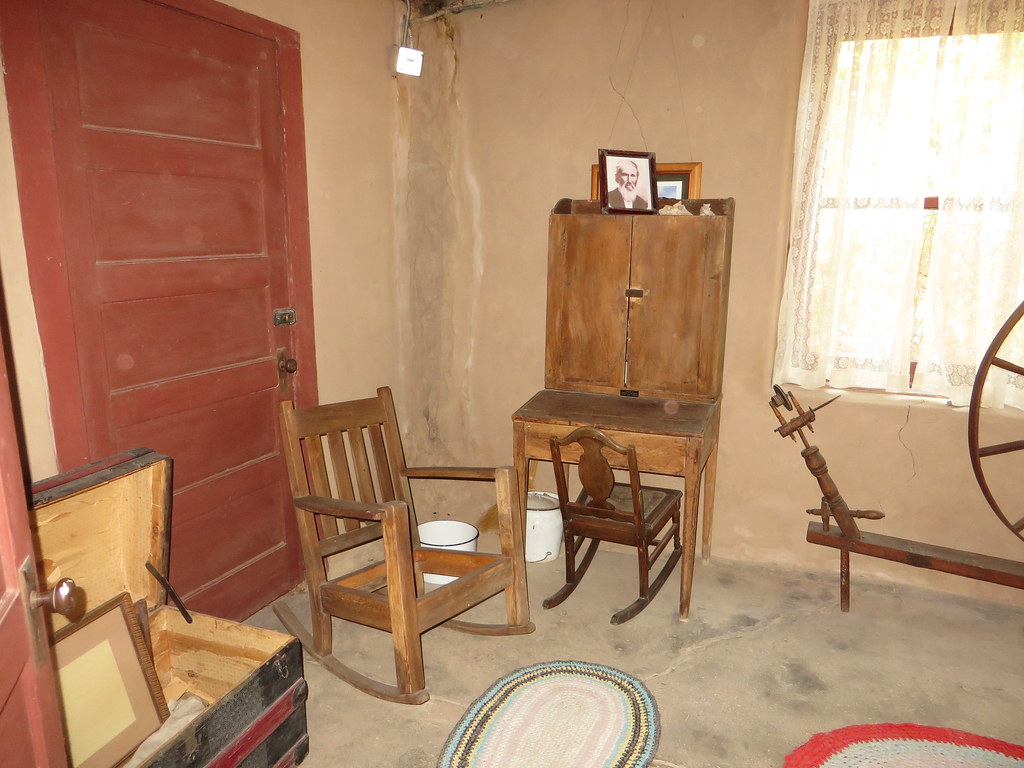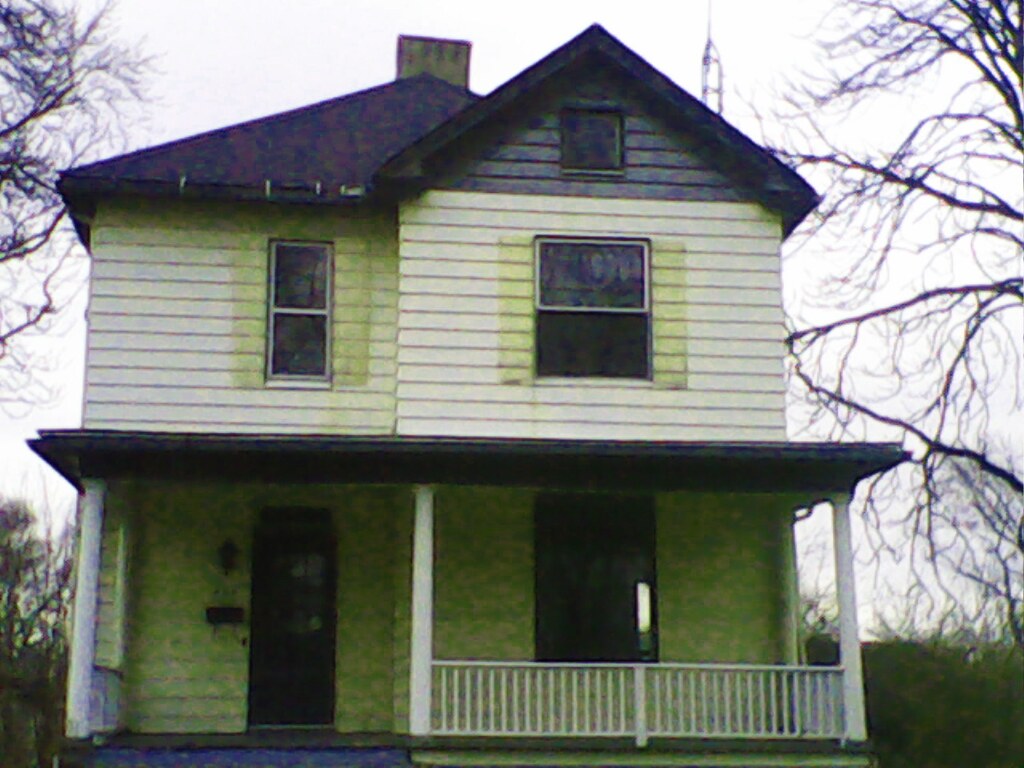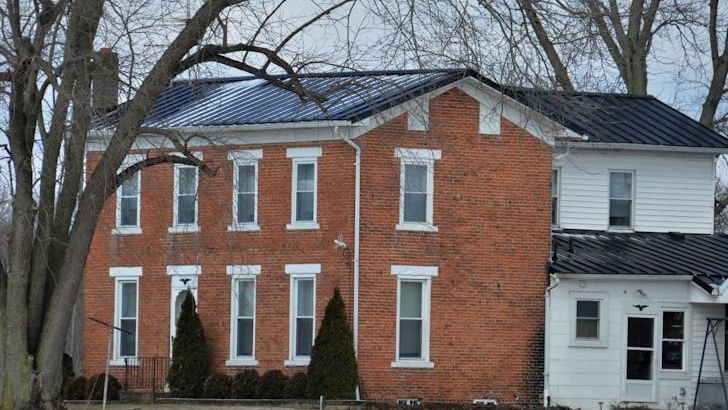The Death of the American Dream Home

What was once considered the pinnacle of suburban success has become an eerie reminder of overindulgence and poor planning. Recent data from the National Association of Home Builders reveals that the average size of new homes has been shrinking since 2015, hitting a low in 2024 not seen since 2010. The McMansion phenomenon, which dominated suburban landscapes from the 1980s through the early 2000s, is experiencing a dramatic reversal of fortune. An April 2025 survey by Redfin shows that 68% of homebuyers under 40 prefer smaller, more manageable homes, with sales of homes over 4,000 square feet declining by 11% in the last year alone.
These massive suburban homes, often exceeding 3,000 square feet and designed with little architectural coherence, are no longer the status symbols they once were. Due to their demographic, which is more susceptible to boom and bust economic cycles, prices of McMansions tend to be much more volatile and are often fueled by speculation. The very features that once attracted buyers – oversized garages, grand foyers, and excessive square footage – now represent financial burdens rather than aspirational achievements.
Ghost Towns in Plain Sight

The most dramatic examples of McMansion failure can be found in abandoned developments across the country. What was meant to be a lavish, multibillion-dollar development soon turned into a nightmare for the people who chose to buy homes at the proposed Indian Ridge Resort Community, now known as the McMansion Ghost Town, with plans for the ultra-exclusive community in Branson West, Missouri announced in 2006 and set to cost $1.6 billion to complete. Sadly for those who invested in the project, the community would never come to fruition as the financial crisis hit, bank loans were defaulted on and construction work came to a swift halt, with only 13 homes started and 15 years later, the 900-acre development was still not finished.
These developments, once bubble-dreams of mega-resorts, fell through with the housing crisis of 2008. As of 2024, recent estimates indicate that over 1.5 million properties across the country are sitting vacant. The haunting images of these unfinished castles serve as stark reminders of the speculative excess that characterized the pre-2008 housing boom.
Economic Realities Crushing Suburban Dreams

The shift away from McMansions isn’t just about changing tastes – it’s about economic necessity. According to recent data, mortgage rates have approached or exceeded 7% in recent periods, pushing many buyers to rethink their priorities. Compact homes mean lower utility bills, less furniture, and reduced maintenance, while Millennials and Gen Z, who now make up the largest share of buyers, are much more interested in affordability and sustainability. The days when families could stretch their budgets for oversized homes have largely passed, replaced by a harsh reality where heating, cooling, and maintaining these architectural monsters has become prohibitively expensive.
The average price for a new single-family house was $417,400 in 2024, while in more than 237 cities in the US, there are starter homes on the market for $1 Million. This pricing pressure has pushed many McMansion owners to face uncomfortable truths about their investments, leading to increased vacancy rates and, in some cases, outright abandonment.
The Foreclosure Reality Behind Empty Mansions

While overall foreclosure rates have stabilized, McMansion-heavy areas are experiencing disproportionate distress. States that saw the greatest number of foreclosure starts in 2024 included California, Florida, Texas, New York, and Illinois, with metropolitan areas like New York, Chicago, Houston, Los Angeles, and Miami leading in foreclosure activity. Metro areas with the highest foreclosure rates in 2024 were Orlando, Jacksonville, Chicago, and Miami, with Chicago having one foreclosure filing for every 245 housing units.
A total of 7,109 residential properties facing possible foreclosure have been vacated by their owners nationwide in the fourth quarter of 2024, with properties in the foreclosure process down 32.8 percent from the fourth quarter of 2023. The phenomenon of “zombie foreclosures” – properties abandoned by owners during the foreclosure process – continues to plague suburban communities, creating neighborhood blight and reducing surrounding property values.
Environmental and Social Consequences

Wild habitats are destroyed as housing developments are built for people who seek larger homes and lots, with sprawl causing deforestation, land conversion from agriculture to asphalt, air and water pollution, and inefficient transportation infrastructure reliant upon single passenger vehicles and long commutes. The environmental cost of these oversized homes extends far beyond their construction. The EPA reported that new homes built in 2024 used 27% less energy on average than those built in 2012, highlighting how energy-inefficient many existing McMansions truly are.
Blighted properties harm public health, individual wealth, and public finances, with vacant, abandoned, and deteriorated properties posing significant costs to property values, local taxpayers, and more, while failing to address vacant homes causes more harm over time. These abandoned suburban behemoths become magnets for vandalism, drug activity, and other criminal behavior, transforming once-desirable neighborhoods into areas residents actively avoid.



